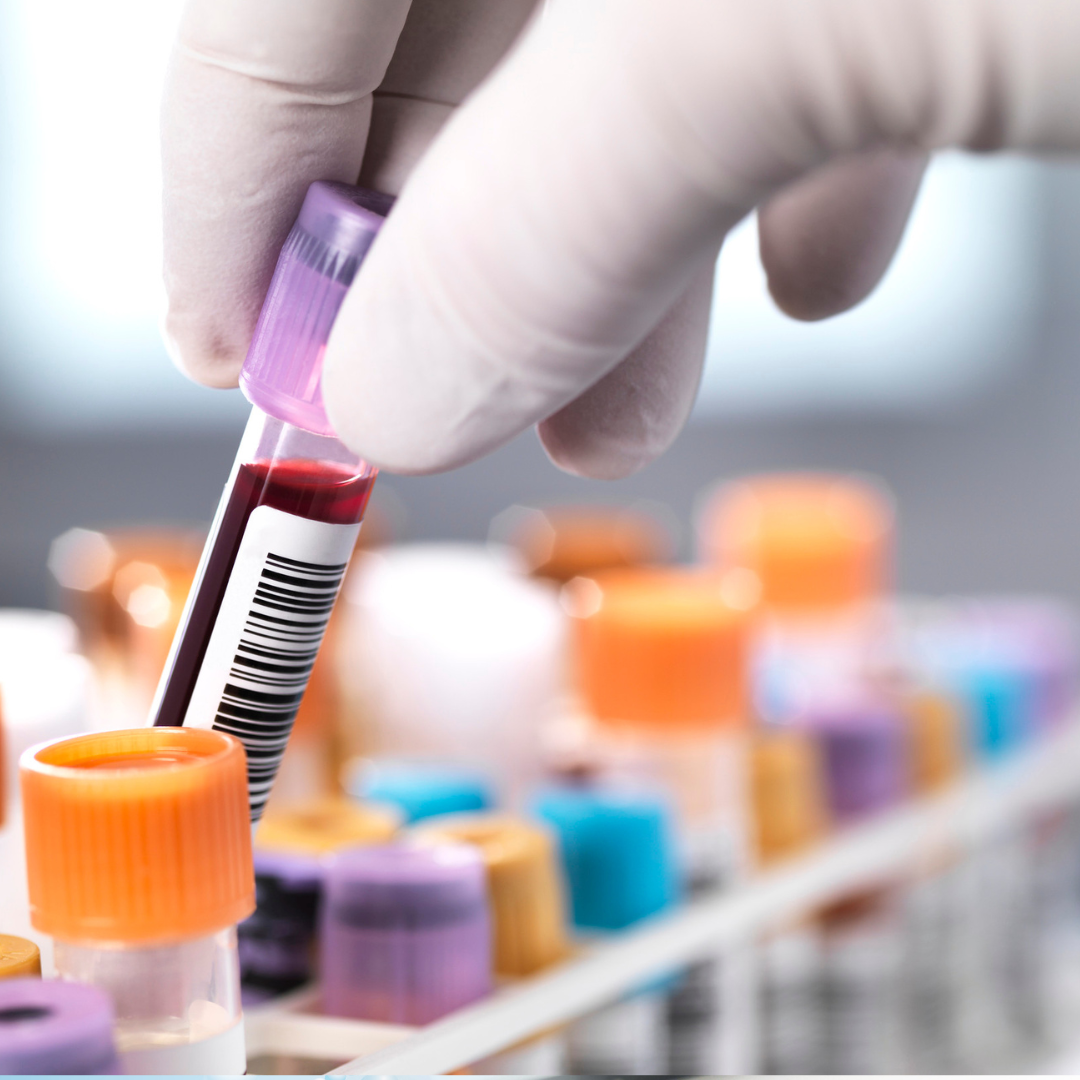Imagine a world where checking your risk for diabetes doesn't mean pricking your finger or getting routine blood tests. Scientists have developed a simple, noninvasive method using wearable continuous glucose monitors (CGMs) that can detect early signs of diabetes risk—signs that traditional blood tests might miss.
Why Is Early Detection So Important?
Diabetes is often called a "silent epidemic" because it can develop gradually without obvious symptoms until it becomes serious. Detecting impaired glucose regulation early—the stage between normal blood sugar levels and diabetes—is vital to preventing or delaying type 2 diabetes. However, conventional tests usually involve periodic blood samples, which can miss important fluctuations in glucose levels throughout the day.
How Wearable Glucose Monitors Change the Game
Traditional diabetes tests provide snapshots of blood sugar but don’t capture how it changes in real time, especially during daily activities. The University of Tokyo researchers utilized CGM technology, which measures glucose continuously via a wearable sensor, offering a dynamic picture of glucose levels as they rise and fall naturally.
The team developed a method to analyze this continuous data to better estimate the body's ability to regulate glucose without needing invasive blood draws. This approach could catch early warning signs of diabetes risk that intermittent blood tests might overlook.
Benefits Beyond Convenience
Continuous glucose monitoring not only spares patients the discomfort of needles but also provides richer information. It empowers people to understand how factors like meals, exercise, and stress influence their glucose. This personalized insight enables more proactive health decisions and tailored interventions before diabetes fully develops.
Looking Ahead
This advancement represents an important step toward easier, more accurate diabetes screening and monitoring. By tapping into wearable tech, healthcare professionals can improve early detection, making it simpler for individuals to take charge of their health.
The study describing this breakthrough was published in the journal Communications Medicine. It was led by Professor Shinya Kuroda from the University of Tokyo’s Graduate School of Science, who emphasizes the potential of continuous glucose monitoring to transform how diabetes risk is assessed and managed.



